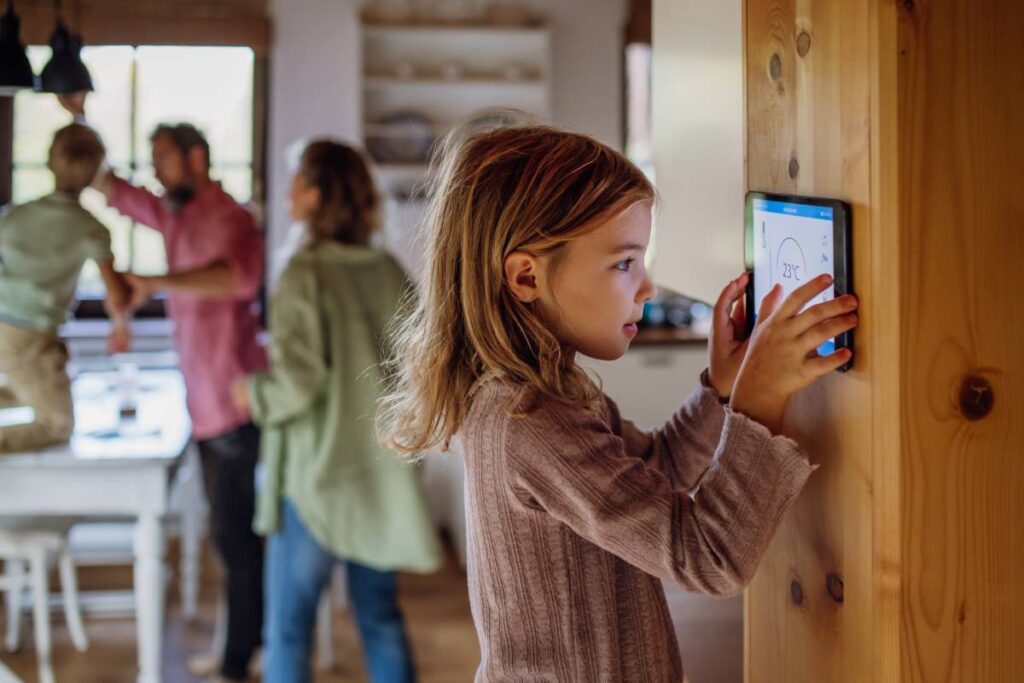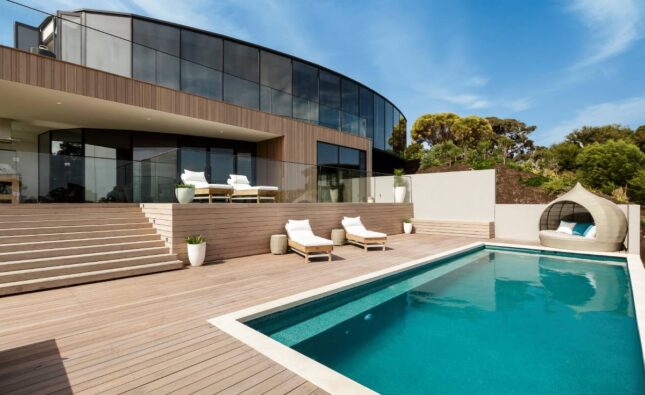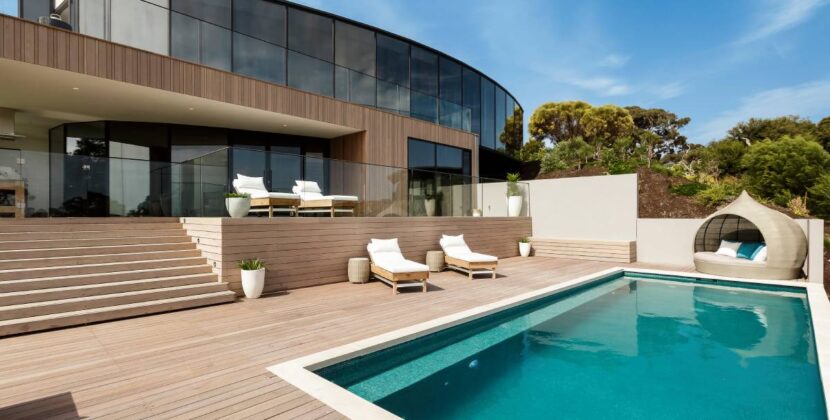Setting up a home automation system is one of the easiest ways to make your home more comfortable, efficient and secure. From smart lights and thermostats to automated security, modern smart-home technology now fits a wide range of budgets and skill levels. But with so many devices and ecosystem options, many homeowners wonder how to actually get started, how much a full system really costs, and whether home automation is even worth it. This guide breaks everything down clearly, from planning and installation to real-world pricing and the pros and cons, so you can choose the right setup for your home with confidence.
1. Start with Clear Goals: What Do You Want to Automate?
Before you buy any smart device, define what you actually want your system to do. Home automation is most effective when it solves everyday problems or makes routines easier.
Common goals include:
- Saving energy with smart thermostats and lighting schedules
- Improving home security through smart locks, cameras, and sensors
- Increasing convenience with voice control and automated routines
- Enhancing entertainment systems and multi-room audio
- Managing home energy usage, solar, EV charging, or battery storage
- Automating morning or evening workouts with lighting, music, and climate presets
Writing down your must-haves and nice-to-haves prevents overspending and ensures your system fits your lifestyle
2. Choose an Ecosystem and Hub
A smart home ecosystem is the platform that connects all your devices. The most popular options include:
- Apple HomeKit / Apple Home
- Google Home
- Amazon Alexa
- Samsung SmartThings
- Matter / Thread compatible hubs
DIY Ecosystems (Great for Beginners)
- Easy setup
- Works with Wi-Fi devices
- Affordable
- No special wiring needed
Professional Systems (Great for New Builds or Large Homes)
- Highly reliable
- Centralised control panels
- Better integration with lighting, HVAC, security, and audio
- Neater wiring and long-term support

3. Essential Devices for a Starter Smart Home
When setting up your first system, it’s best to begin with devices that give the most immediate benefit:
Smart Thermostat
Optimises heating and cooling schedules, saves energy, and learns your habits.
Smart Lighting
You can automate brightness, set schedules, or control lights remotely. Choose between smart bulbs (easy setup) or smart switches (long-term reliability).
Smart Lock
Improves security and convenience. Great for keyless entry, guest access, and remote locking.
Security Cameras
Indoor and outdoor cameras provide real-time monitoring and alerts.
Smart Plugs
Turn regular appliances into smart devices (lamps, fans, small appliances).
Wi-Fi Mesh System
The backbone of any smart home. Strong, stable Wi-Fi prevents connectivity issues and device dropout.
Once these basics are in place, you can expand to smart blinds, sprinklers, garage controllers, energy monitors, and multi-zone audio.
4. DIY vs. Professional Installation
Choosing between DIY and professional installation depends on your home’s structure, your goals, and your technical comfort level.
DIY Installation
- Best for small to medium setups
- Affordable, flexible, and easy to expand
- Ideal for renters or those who want simple smart devices
- Usually takes only minutes to set up each device
Professional Installation
- Recommended for whole-home wiring and advanced systems
- Ensures seamless integration of lighting, HVAC, audio, and security
- Offers long-term reliability and support
- Perfect for new builds, renovations, or homeowners wanting a premium system
If you choose a professional route, companies like Reds Power Solutions can build a fully integrated smart home with dedicated panels, wired networks, and customised automation programming.
5. How Much Does a Home Automation System Cost?
Costs vary widely based on scale, quality of equipment, and whether installation is DIY or professional. Here are realistic price ranges:
1. Basic DIY Starter System: $100–$400
Includes:
- A smart speaker
- A few smart bulbs or smart plugs
Good for beginners or small apartments.
2. Mid-Range DIY System: $500–$2,500
Includes:
- Smart thermostat
- Smart lights and switches
- 1–2 smart locks
- A couple of security cameras
- Mesh Wi-Fi router
This level covers the majority of everyday smart home needs.
3. Advanced Whole-Home DIY System: $2,500–$7,000
Includes:
- Multi-room lighting automation
- Smart blinds
- Full indoor/outdoor camera coverage
- Smart sensors in multiple rooms
- Energy monitoring devices
Great for medium to large homes wanting full comfort and convenience.
4. Professionally Installed Home Automation: $5,000–$50,000+
This is where you get:
- Centralised lighting control
- Built-in speakers and whole-home audio
- Integrated security systems
- Smart HVAC zoning
- Energy management systems
- Wall-mounted control panels
- Custom automation routines
- Clean professional wiring
High-end systems in luxury homes can exceed $50,000 depending on complexity, automation depth, and the number of controlled rooms.

6. Network & Security Considerations
A reliable, secure network is essential to support your smart home.
Tips for a stable system:
- Use a mesh Wi-Fi system to eliminate dead zones
- Create a separate network for IoT devices
- Update all devices regularly
- Enable two-factor authentication
- Change default passwords immediately
Without these steps, your smart home may suffer from slow connections or security vulnerabilities.
7. Energy Management, Solar Integration & Long-Term Savings
Smart thermostats, lighting automation, and energy monitoring can significantly cut electricity waste. If you use solar panels, battery storage, or an EV charger, automation can help you:
- Optimise energy usage
- Maximise solar production
- Reduce grid consumption
- Lower electricity bills
Professional providers such as Reds Power Solutions often offer home energy management integration alongside automation, an excellent choice for homeowners looking to future-proof their property.
8. Is Home Automation a Good Idea?
Benefits
- Convenience and comfort
- Better security and monitoring
- Energy savings over time
- Hands-free voice control
- Improved accessibility for elderly or disabled individuals
- Increased property appeal and modernisation
Drawbacks
- Can be costly for full-home systems
- Some devices require ongoing subscriptions
- Compatibility issues may occur between brands
- Requires good Wi-Fi and occasional troubleshooting
Overall, home automation is a good idea for most homeowners, especially when installed gradually and thoughtfully. You don’t need to automate everything at once. Start with high-impact devices, then expand as your budget and needs grow.
9. Tips to Future-Proof Your Smart Home
- Choose devices compatible with Matter/Thread for long-term flexibility
- Use smart switches instead of relying only on smart bulbs
- Avoid “locked-in” systems that work with only one brand
- Prioritise devices with local processing over cloud-only models
- Keep documentation of all devices and routines
- Plan wiring during renovations to reduce future costs
Conclusion
Setting up a home automation system doesn’t have to be complicated. Start with your goals, pick an ecosystem, buy a few high-impact devices, and ensure your network is strong. For advanced or whole-home installations, working with experts such as Reds Power Solutions can give you a polished, reliable, and future-proof system built around your home’s layout and your personal needs. Home automation can greatly enhance your comfort, lower energy costs, and improve security, making it not only a convenience but also a long-term investment in your home’s value and efficiency.






